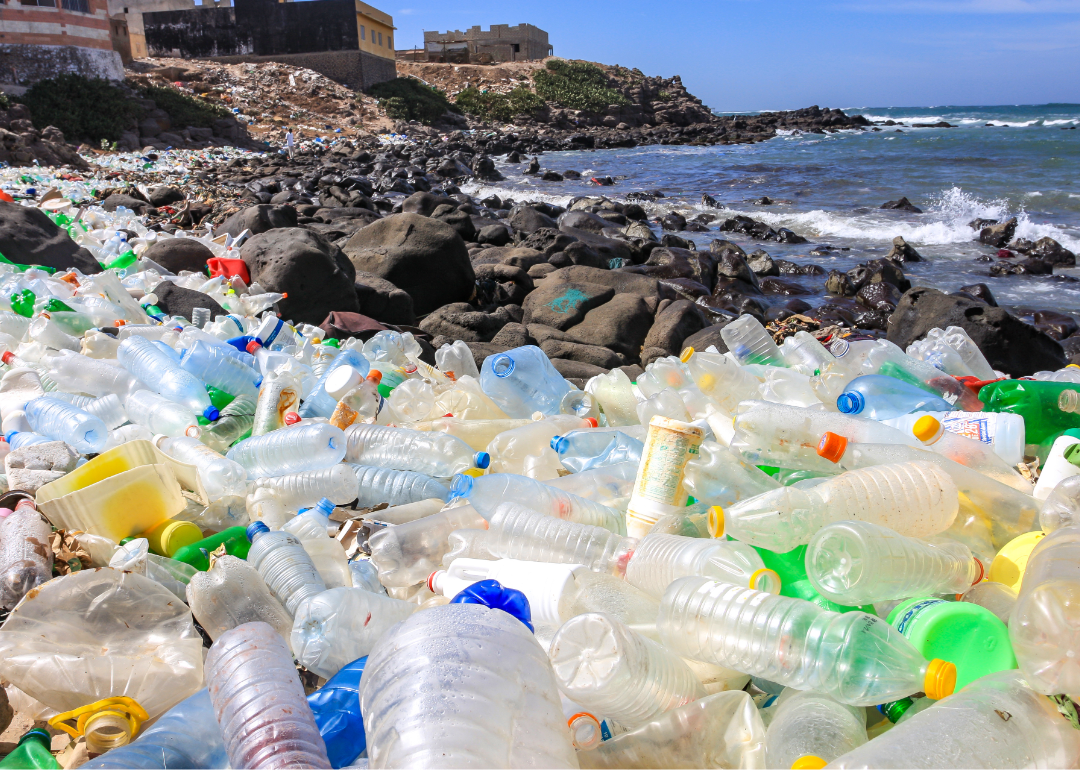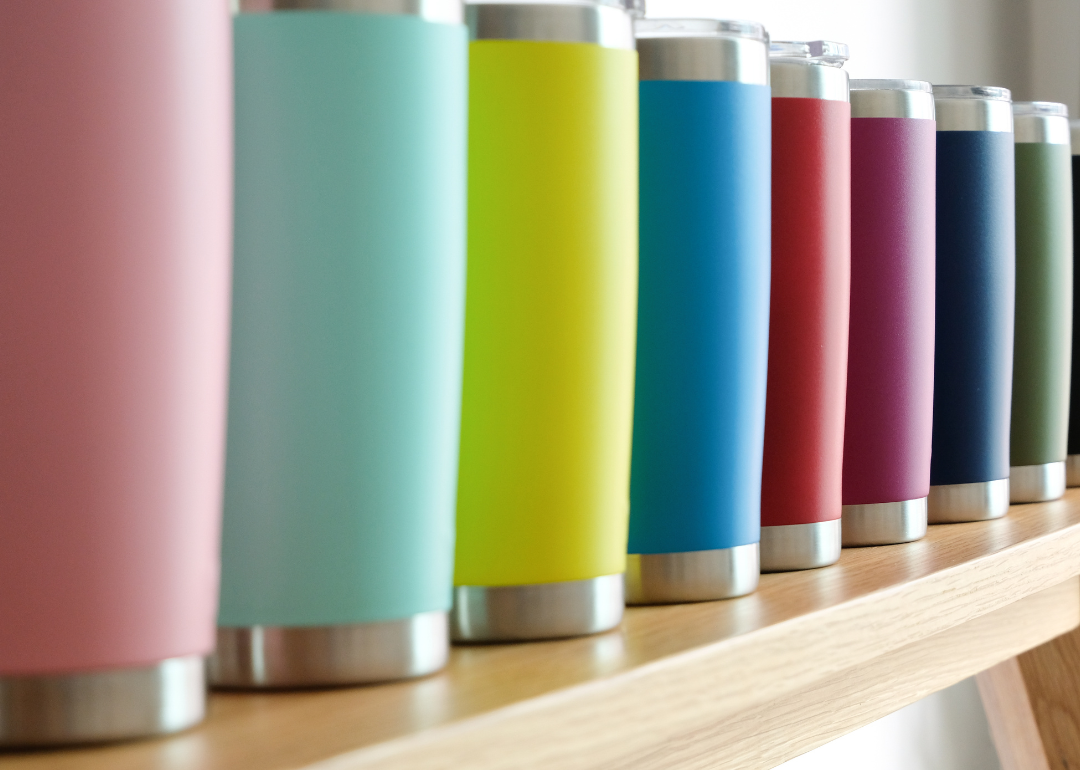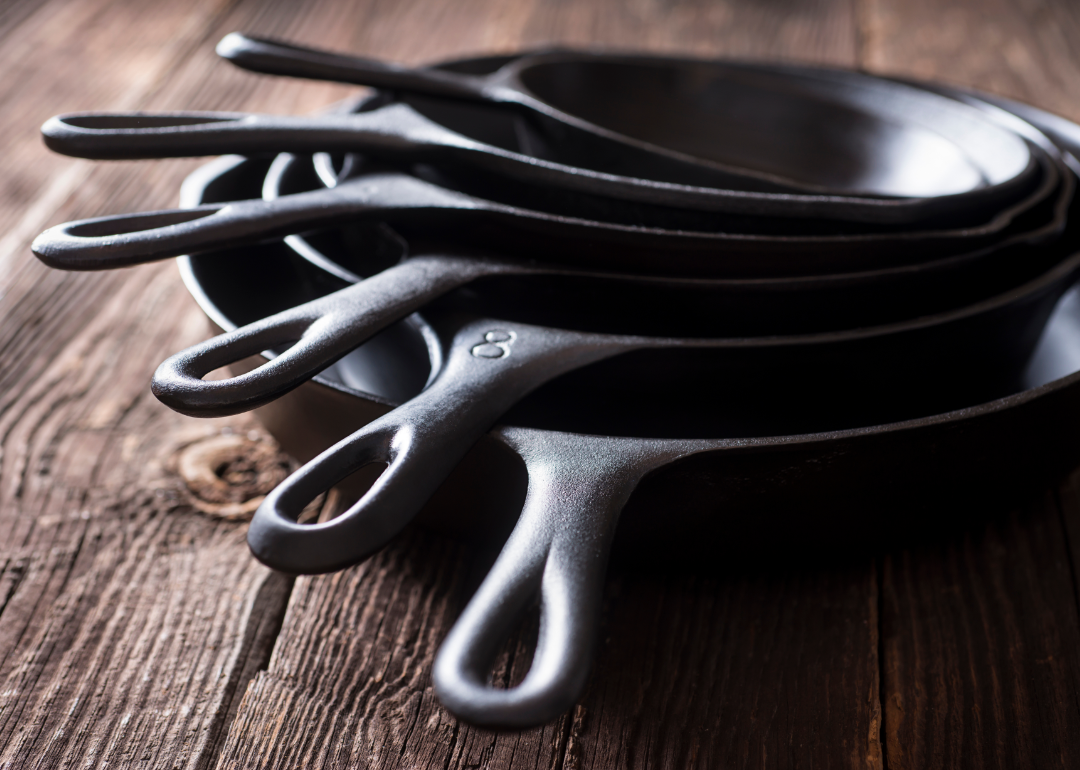18 ways to live with less plastic

Canva
18 ways to live with less plastic
Plastic pollution washed upon the shore of a rocky beach.
Plastic is harming our planet, overflowing landfills and polluting oceans. But it’s also bad for our personal health. Growing evidence links phthalates — chemicals used to soften and form plastics — to a wide variety of adverse conditions, including hormone disruption, insulin resistance, and reproductive dysfunction.
Humans have generated more than 6.3 billion metric tons of plastic waste since 1950, and though we’re recycling more plastic each year, only 9 percent of it has actually been reused.
With this in mind, Experience Life identified 18 ways to live with less plastic. These are some of the strategies we’re practicing.
![]()

Canva
Plan ahead so you don’t need to buy bottled water or plastic grocery bags
A row of colorful stainless steel water bottles.
1. Invest in a reusable glass or stainless-steel water bottle. People around the world buy a million plastic bottles every minute; in the United States, more than 60 million plastic bottles end up in landfills and incinerators every day.
2. Opt for cloth rather than disposable diapers. Americans discard some 20 billion plastic diapers annually.
3. Bring your favorite mug or travel container to the coffee shop for filling up.
4. Skip the plastic straw. If a straw is a must, purchase a reusable stainless-steel or glass straw.
5. Stock up on reusable grocery bags. Americans use and discard some 102 billion plastic bags annually. Each of these can take 1,000 years to degrade.
6. Pass on prepared frozen foods: The packaging is mostly plastic or cardboard coated with plastic.
7. Skip the chewing gum — it’s pretty much made from plastic.
8. Use matches instead of disposable plastic lighters, or invest in a refillable metal lighter.
9. Avoid plastic wrap to cover leftovers, cheeses, and other refrigerated food by using a dish cloth or parchment paper.

Canva
Ways to avoid using plastic from cooking to food storage
A stack of cast iron skillets.
10. Cook with cast iron instead of nonstick pans. Teflon, the most common nonstick surface, is a fluoropolymer plastic.
11. Make your own cleaning products. They’re less toxic, and you can reuse spray bottles, eliminating the need for multiple plastic bottles filled with cleaners.
12. Decline plastic flatware with your takeout orders; pick up bamboo or other reusable flatware for picnics and traveling.
13. Buy food in bulk when possible and pack it in your own reusable jars or containers. You’ll save money and limit unnecessary packaging.
14. Bring your own containers for vegetables and fruits to the farmers’ market, where you can refill them.
15. Pack your lunch in reusable containers and bags. Skip foods packed in single-serving plastic cups.
16. Mix up your own hand salves, lotion bars, and deodorants instead of buying personal-care items sold in plastic containers. Coconut oil is a great base for all of these.
17. Replace your plastic containers with a set of reusable glass storage containers for leftovers.
18. Compost your food waste to reduce the number of plastic bags needed to haul it to the landfill.
This story was produced by Experience Life and reviewed and distributed by Stacker Media.
